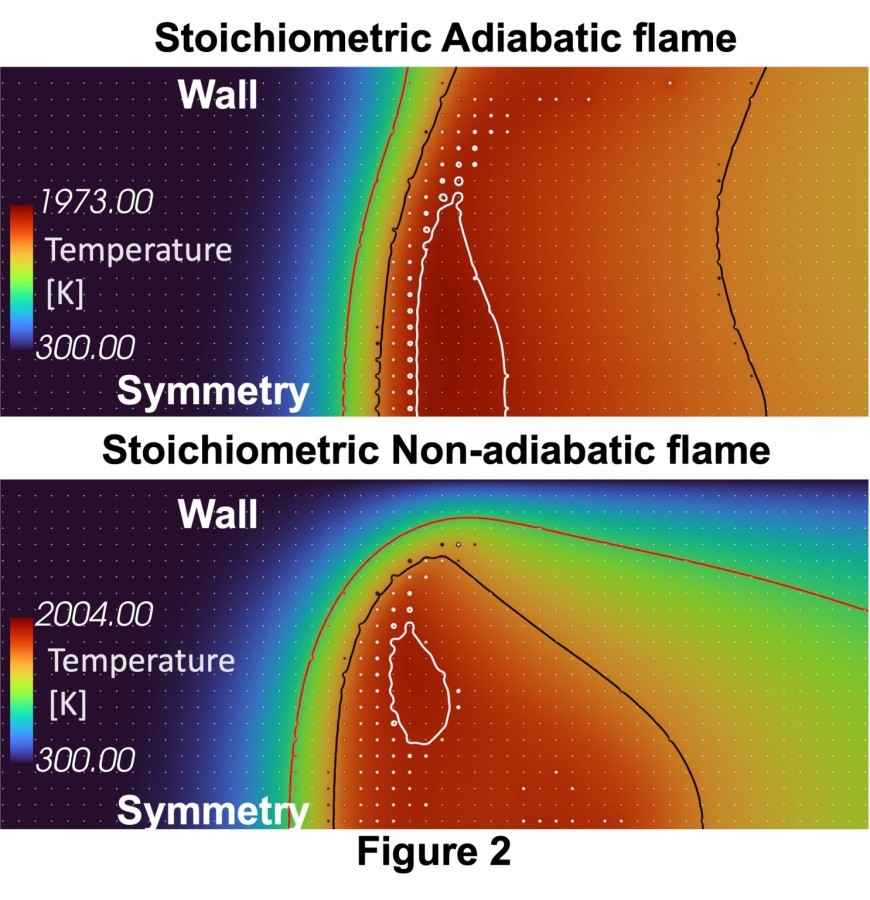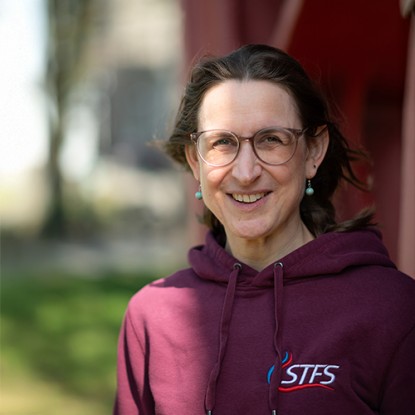Dynamics of Iron Dust Flames Near a Wall: From Stability to Instability
New publication
13.06.2025
In our new paper, we use boundary-layer resolved simulations to investigate the behavior of iron dust flames near walls — both adiabatic and non-adiabatic. Our findings reveal critical insights into flame dynamics at particle-level resolution.
Understanding the complex behavior of iron combustion is crucial for harnessing its potential in large-scale green energy systems. As part of this vision, we hosted the Metal-enabled Cycle of Renewable Energy (MeCRE) conference last November in Darmstadt, welcoming over 150 participants from diverse disciplines.
I'm thrilled to share that our latest paper,
Propagation of Iron Dust Flames Near a Wall Using Boundary-Layer Resolved Simulations by Faizan Habib Vance, Hendrik Nicolai, Arne Scholtissek, and Christian Hasse,
has been accepted in a special issue of Fuel dedicated to MeCRE!
In this work, we use boundary-layer resolved simulations to investigate the behavior of iron dust flames near walls — both adiabatic and non-adiabatic. Our findings reveal critical insights into flame dynamics at particle-level resolution:
- Stable propagation under rich and stoichiometric conditions.
- Wall heat losses alter oxygen distribution, maintaining steady flame speeds near the surface.
- Lean flames become unstable due to intricate coupling of oxygen transport, heat transfer, and vortex dynamics.
- Adiabatic unstable flames form clusters; non-adiabatic ones display cyclic, non-uniform propagation.
These results help us understand how to control iron flames in practical applications — paving the way for safe and efficient metal-fueled energy systems.
Paper: https://lnkd.in/e2BeaHgh



